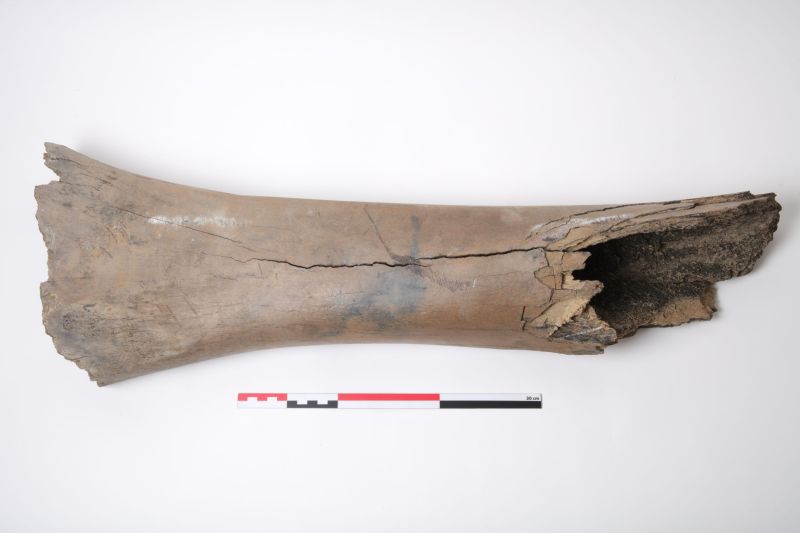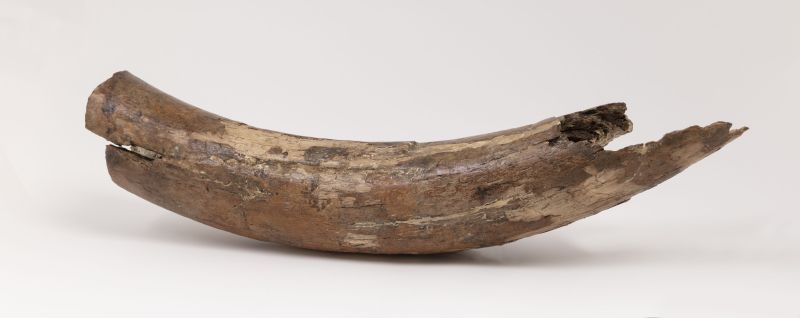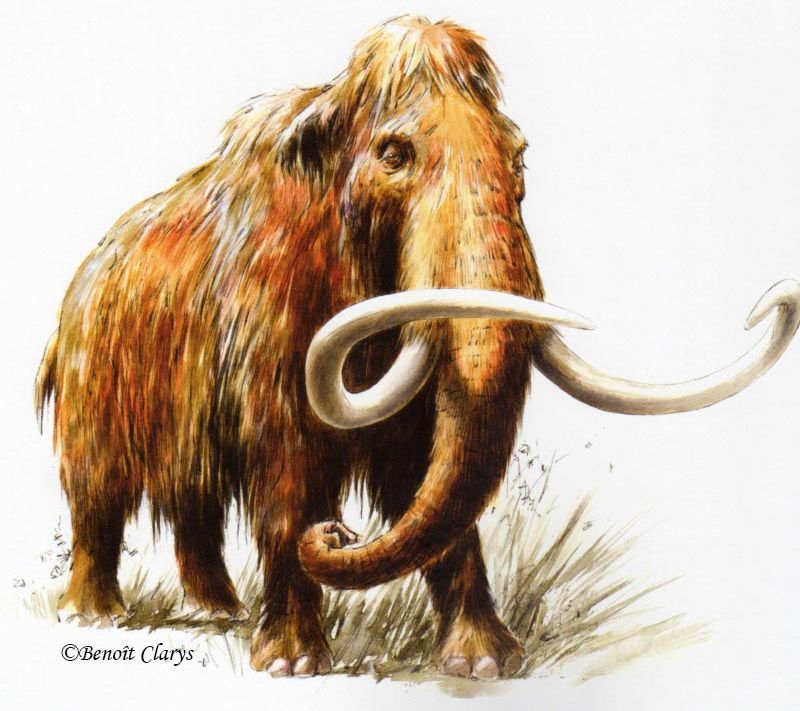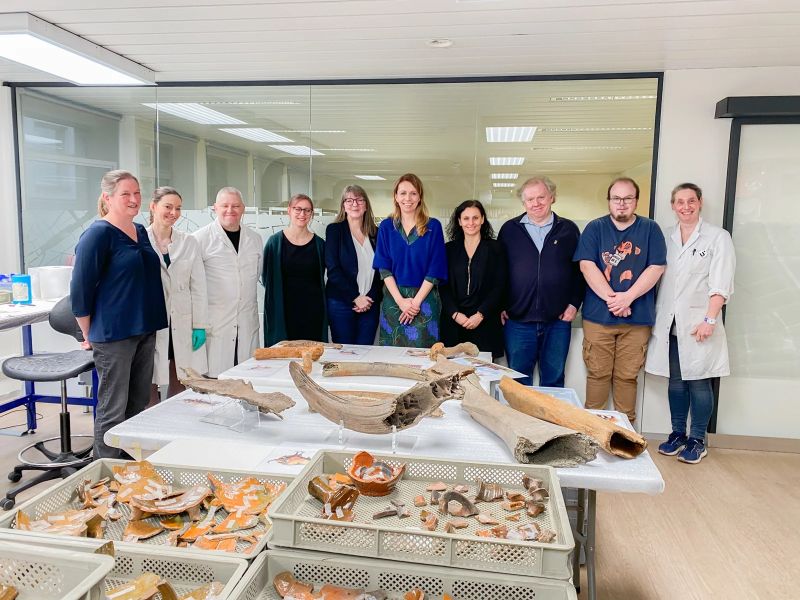Excavations, prehistoric bones and a better understanding of the history of our territory
Archaeological supervision is being organised by Urban in collaboration with the Royal Museums of Art and History, on the site of the Toots Thielemans station currently under construction by STIB as part of Metro 3. Preventive urban archaeology is one of Urban's fundamental missions, responsible for protecting, promoting and passing on our heritage. The organisation of such excavation sites is far from exceptional. Urban regularly carries out archaeological investigations, working independently or in close collaboration with other cultural institutions throughout the Brussels Capital Region. The aim is to uncover and safeguard some of the archaeological treasures that may come to light, but which are also in danger of being rapidly destroyed by ground works or construction projects.
Following the discovery, Bea De Cupere, archaeozoologist at the Royal Belgian Institute of Natural Sciences, and working for Urban under an agreement between the Brussels Capital Region and the Institute, visited the site for an initial identification.
"Among the bone remains discovered are a mammoth femur, a fragment of mammoth tusk, as well as red deer antlers and a mandible of a red deer or megaloceros (giant deer). These elements were discovered at a depth of 8 to 9 metres in sedimentary layers dating back to the last Ice Age (around 120,000 to 11,700 years ago). In the absence of an associated artefact, only radiocarbon dating will provide a more accurate dating," says Bea De Cupere, archaeozoologist at the Royal Belgian Institute of Natural Sciences.
Prehistoric discoveries: a rare event in Brussels
Discoveries of prehistoric fauna are fairly rare in our region and mainly occur during large-scale works such as the construction of metros or very deep underground car parks, as demonstrated by the 2018 discovery of a fragment of mammoth tusk on Rue de Quatrecht in Schaerbeek.
In September 1972, between Rue Grétry and Rue des Riches Claires, a fragment of mammoth tusk was discovered at a depth of 12.60 m. During the same work on the North-South axis of the metro, woolly rhinoceros bones were discovered under the road on Boulevard Anspach. These bones are therefore often associated with the alluvial deposits of the former Senne riverbed at depths of between 8 and 12 metres, though not exclusively so. In 1912, during earthworks for the construction of a building at 165 Avenue de Tervueren, Woluwe-Saint-Pierre, the remains of woolly rhinoceros bones were discovered together with an intact (but now unfortunately lost) biface made by a Neanderthal and dating from the Middle Paleolithic (between 124,000 and 34,000 years ago).
Finally, in the 1980s, prehistoric animal bones (mammoths, deer, bison, etc.) dating back 30,000 years were discovered during earthworks at Brussels-South station. A loan agreement for the bones was therefore signed between the Royal Institute of Natural Sciences and STIB. These bones have been displayed in a display case since 1988. It was renovated in 2017 and enhanced with a scenographic decor and lighting to showcase the bones.
Promotion and continuation of excavations
Once the analyses and protective measures have been carried out, Urban will start considering how to make the most of these exceptional artefacts, with the aim of allowing the general public to enjoy these discoveries. There are various options are on the table, including installing them in regional collections, a temporary exhibition on the theme of prehistory at Halles Saint-Géry, a loan to the Royal Museum of Natural Sciences or a display in a STIB metro station.
At the same time, earthworks carried out by STIB for the Toots Thielemans metro station will continue in the same area and at the same depth until March 2024. Due to its archaeological potential, Urban's archaeologists will be paying particular attention to discovering any new bones of prehistoric fauna.
The proactive collaboration between Urban and STIB on preventive archaeological excavations will continue in the coming months and years throughout the Metro 3 construction site.



